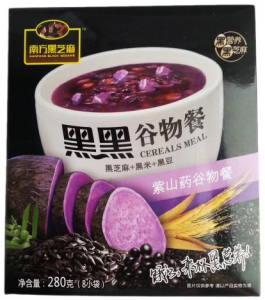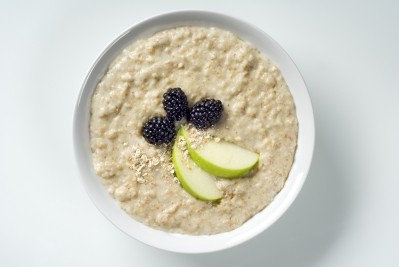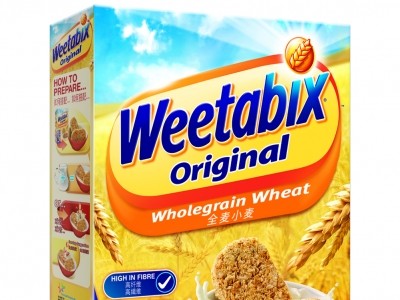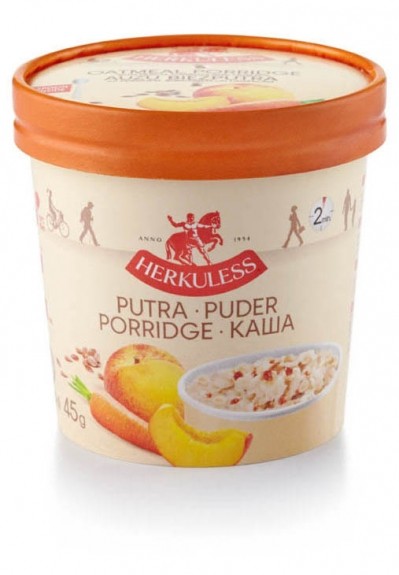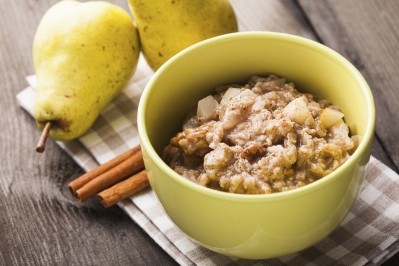Digging into innovation & NPD with Datamonitor consumer
Black cereal: How to make a splash in China
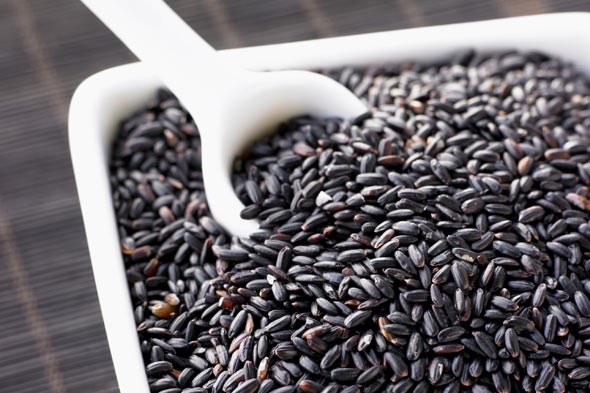
China’s breakfast cereal market was pegged at $141.1m in 2013 and should grow 7.51% by the end of this year; propelling the market value to $151.7m, according to Datamonitor Consumer.
Big players including Kellogg, PepsiCo and Weetabix have all targeted the market in some way, but Ghina Romani, food and drink researcher at Datamonitor Consumer, warned they would need to pay attention to emerging trends as well as established ones.
“Hot is how consumers like their cereal in China, for example. It’s not like in Europe where people eat cold cereal, it’s absolutely important to enjoy a hot meal in the morning,” she said, referencing Datamonitor Consumer’s latest Innovation Tracking report.
But one trend that had just started to surface, she added, was the desire for black ingredients.
“Black cereal is a massively growing trend. The more black the cereal, the healthier it is in the eyes of Chinese consumers,” she said.
Romani said there had been a number of chefs and dietary experts on local television pushing black ingredients as healthier. “They’re talking about how healthy black rice is; black grape; black mushrooms. They’re claiming they are more nutritious than regular ones.”
Romani said it was unknown whether these claims were backed by science, but said the trend had in any case had taken hold.
“It’s a very new, recent trend. But if any of the main Western cereal players want to be successful in the market, it’s essential for them to understand this new trend. If they manage to use it in their product, I think it will make a big difference,” she said.
“Consumers in the market would love to see the Western brands in cereal, but they also want to have their favorite meal. They like breakfast hot not cold, savory not sweet and now recently in black.”
Black cereal only from local players, so far…
There were a number of black breakfast cereals already on the market in China, said Romani.
One example was a product launched in February this year from local food player Guangxi Nanfang Black Sesame Food. The hot black cereal was made with a blend of black ingredients – rice, sesame seeds and beans and came in three variants that incorporated fruit and vegetables.
This product was novel, Romani said, because of the inclusion of fruit and veg.
“That’s the new, novel part. These ingredients add more to the nutrition of the product; they are all very well known for being high in protein, high in vitamins,” she said.
In addition to this, the product tapped into the hot cereal trend and also appealed to a busy younger generation as it was in sachet form, needed hot water added, and therefore could be consumed on-the-go or at work.
So far black cereal has only come from domestic players so far. Romani said that given the shift towards Western eating habits and appeal of Western brands, black cereal held huge potential for foreign players.
However, she said that rather than developing straight-forward black breakfast cereals, manufacturers should consider incorporating nutritional ingredients like fruits and vegetables, like Guangxi Nanfang Black Sesame Food had, if they wanted to stand out.
Local partner a clever option
Romani said partnering with a local company could help success Western cereal players.
“They need local expertize, just to understand the consumer preferences more as you see it’s totally different to European trends. If not a partner, then they definitely need to work with people in the country to understand the consumer.”
In 2012, Kellogg Company announced a partnership with Asian agri giant Wilmar to drive forward its presence in China’s snacks and cereal market and Weetabix recently announced its new product development plans for China, aided by local firm Bright Food’s 60% share in the company.
